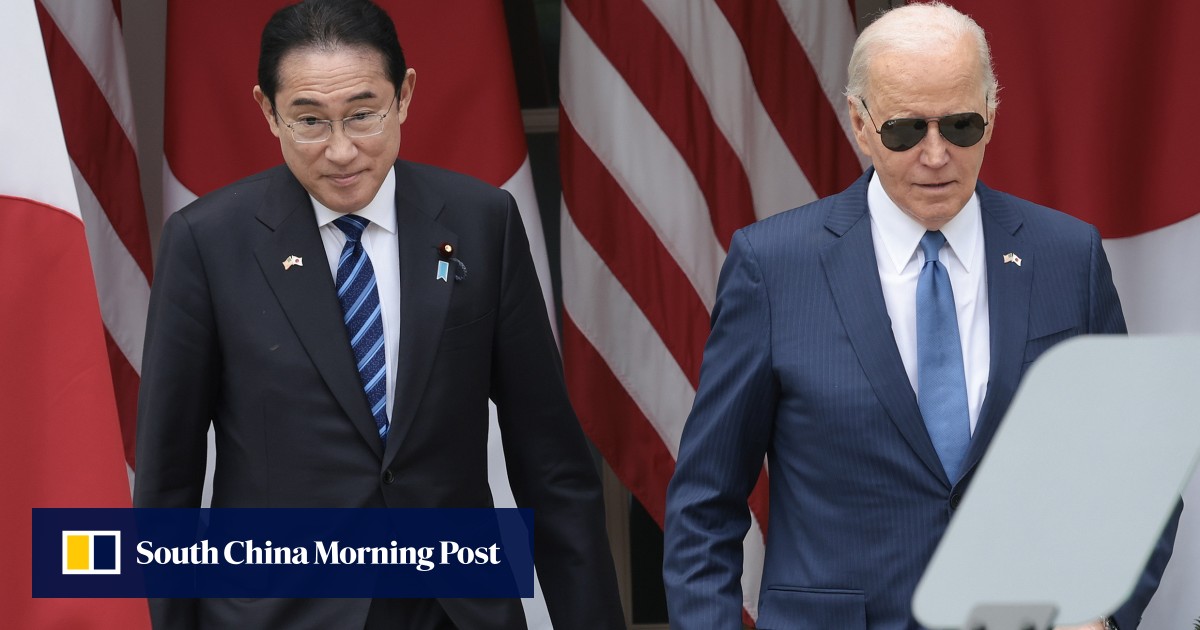The US will fork over an estimated US$2 billion for the Glide Phase Interceptor project, according to 2025 budget estimates released by the US Department of Defence in March.
Washington and Tokyo aim to achieve full operational capability for the system by the end of 2032. The objective is for missiles launched from US Navy warships to intercept hypersonic projectiles during their vulnerable glide phase.
In an opinion piece last week for the Sankei newspaper, US Ambassador to Japan Rahm Emanuel said it was “imperative” that Japan and the US “absorb the lessons” of Iran’s April 13 attack, which saw some 300 missiles and drones launched against Israel – the vast majority of which were intercepted by its Iron Dome system and other air defences.
In the article, published on Thursday, he called for a “credible collective deterrence” to fend off a “belligerent China intimidating its neighbours and an unpredictable North Korea test-firing ballistic missiles into waters around Japan”.
“To realise an integrated air-and-missile defence architecture in the Indo-Pacific … we need to urgently accelerate the development of next-generation technology to deal with the missile and drone threats of tomorrow.”
The Glide Phase Interceptor system was critical to the goal of integrated defence, Rahm said, adding that stronger regional partnerships and more frequent training for possible future conflicts were also required.
Yakov Zinberg, an international-relations professor at Kokushikan University in Tokyo, said lessons were being learned from the conflicts currently being waged around the globe.
“Russia’s propaganda machine has been loudly claiming that they have ‘perfected’ a hypersonic missile and that they are using it in Ukraine, so it is extremely important for the US and Japan to find a way to detect and counter that new ability,” he told This Week in Asia.
“They also see having a countermeasure as an effective way of countering [Russian President Vladimir] Putin’s rhetoric.”

“I do not believe there is direct proof that those weapons are operational, but we do know both China and North Korea are working on them and that the North has provided Russia with missiles that have been used in Ukraine,” Zinberg said.
“But there is no question in my mind that we are now seeing an arms race in the Asia-Pacific region, and that it is more dangerous than the Cold War … The Cold War was between two superpowers who were aware of the dangers, but that is not the case today.”

US concerns about the technological advancements made by its rivals in recent years have fuelled a heightened sense of urgency surrounding the Glide Phase Interceptor project. Earlier this year, the US Congress approved doubling the project’s funding to expedite its development and deployment.
Similar to existing anti-missile systems, the US-Japan project will require the implementation of an advanced detection and tracking system, with the development of a long-range radar among the top priorities.
Plans for the interceptor project are taking shape as other defence initiatives are also being developed and rolled out, such as the joint US-Israeli Iron Beam system: a laser-based directed-energy weapon designed to counter a wide spectrum of aerial threats, ranging from drones to ballistic missiles.
